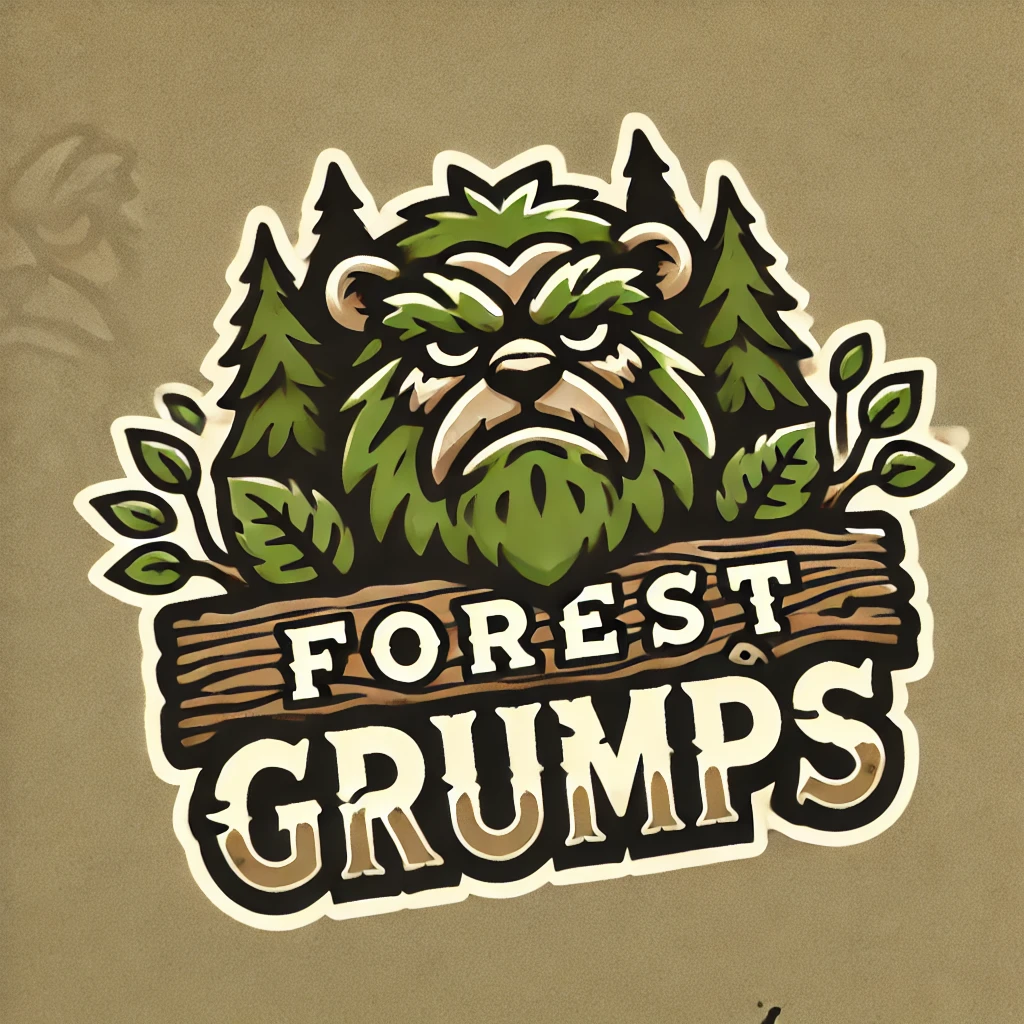I once had a creative spark when I was working on a unique art project — trying to use wood stain on unconventional materials. One of the materials I experimented with was aluminum foil. So, can you use wood stain on aluminum foil? The simple answer is no, not if you want the stain to behave as it would on wood.
Here’s why wood stain doesn’t work well on aluminum foil and what happens if you try it, along with some alternative ideas if you’re looking to color or texture aluminum foil.
Why Wood Stain Doesn’t Work on Aluminum Foil
Wood stain is formulated specifically for porous surfaces like wood, where it can soak into the material and enhance its natural grain. Aluminum foil, on the other hand, is:
- Non-Porous: Aluminum foil is a completely non-porous metal surface. This means there is nothing for the wood stain to soak into. Instead of penetrating, the stain will sit on the surface and fail to bond effectively.
- Smooth and Slick Surface: The smooth, slick surface of aluminum foil makes it difficult for anything to adhere to it, especially liquids like wood stain, which are designed to seep into grain and fibers.
- No Absorption: Without absorption, the wood stain will simply pool, streak, or run off, leaving an uneven and messy appearance.
What Happens When You Try to Use Wood Stain on Aluminum Foil?
If you attempt to use wood stain on aluminum foil, here’s what you can expect:
- Pooling and Streaking: The stain will likely pool in some areas and leave streaks in others. It won’t spread evenly because the foil has no absorption capability.
- Long Drying Time (If It Dries at All): Wood stain can take a long time to dry on a non-porous surface like aluminum foil, and it may never fully dry to the touch. It remains sticky or tacky, which makes it impractical for any kind of display or use.
- Easily Rubbed Off: Even if it seems like the stain has dried, it can be easily rubbed off with a finger or cloth because it hasn’t bonded to the foil.
Alternative Approaches to Color or Texture Aluminum Foil
If you’re looking to achieve a unique look or color on aluminum foil, there are other methods that work far better than wood stain:
1. Alcohol Inks
- Vibrant Colors: Alcohol inks work well on non-porous surfaces like aluminum foil. They spread evenly and dry quickly, creating vibrant, transparent colors that adhere nicely.
- Easy to Use: Just drop some ink on the foil and use a brush or a straw to spread or blow the colors for interesting effects.
2. Acrylic Paints
- Good Adhesion with Primer: Acrylic paints can work on aluminum foil if you use a metal primer first. The primer creates a surface that the paint can adhere to, making the colors more vibrant and longer-lasting.
- Matte or Glossy Finishes: You can choose between matte or glossy finishes depending on your project’s needs.
3. Permanent Markers
- Sharp, Clean Lines: Permanent markers like Sharpies work well on aluminum foil, providing a quick and easy way to add color or designs.
- Quick-Drying and Permanent: Once they dry, permanent markers won’t smudge or rub off easily, making them a good choice for foil art projects.
4. Spray Paints
- Uniform Coverage: Spray paints designed for metal surfaces can give a uniform, smooth finish on aluminum foil.
- Wide Range of Colors and Finishes: You can find spray paints in almost any color, including metallic and textured finishes.
Tips for Working with Aluminum Foil in Art Projects
- Crinkle and Flatten: Crinkling the foil and then flattening it can give it texture, making it more interesting when applying paint or ink.
- Use a Clear Sealer: Once you’ve applied color to aluminum foil, use a clear acrylic sealer to lock in the colors and add durability.
- Adhesion Promoters: If you’re using paints or markers, consider an adhesion promoter or primer designed for metal surfaces to improve the longevity of your work.
Conclusion: Save the Wood Stain for Wood
Wood stain and aluminum foil just don’t mix. The stain isn’t designed for non-porous, smooth surfaces and will result in an unsatisfactory, messy finish. Instead, reach for materials like alcohol inks, acrylic paints, or permanent markers that are made to adhere well to metal surfaces.
So, let’s leave wood stain for wood projects and use the right tools to make your aluminum foil projects shine!
